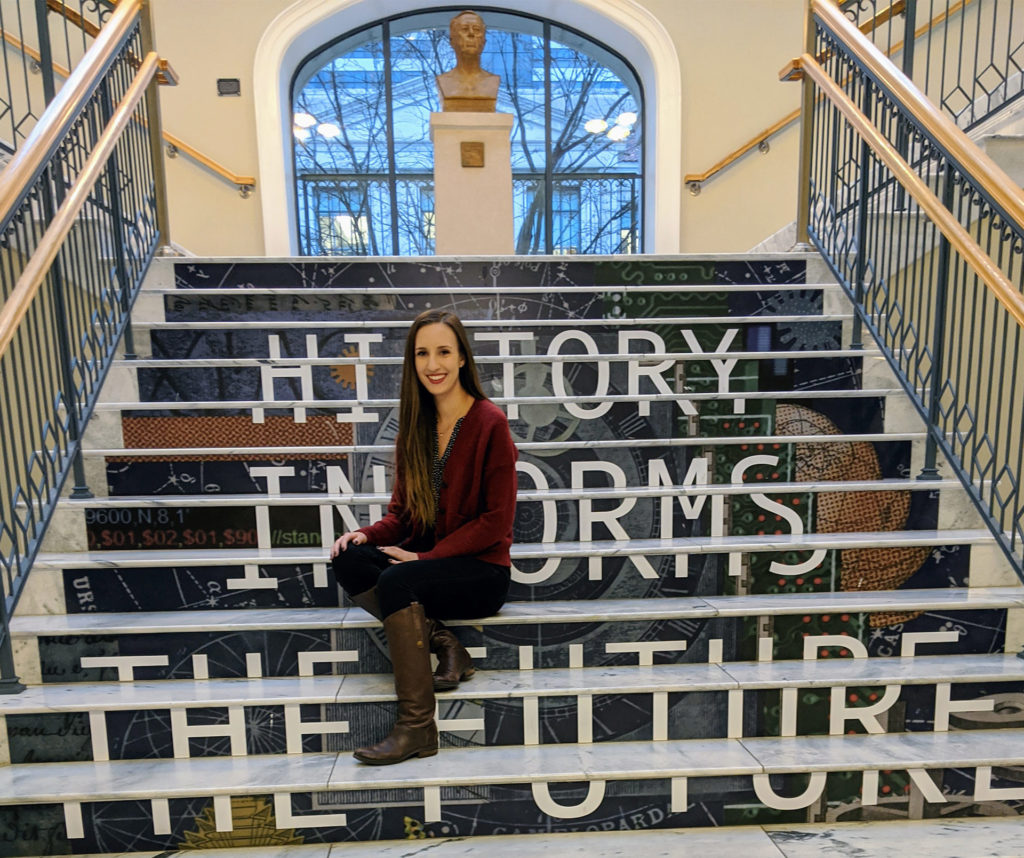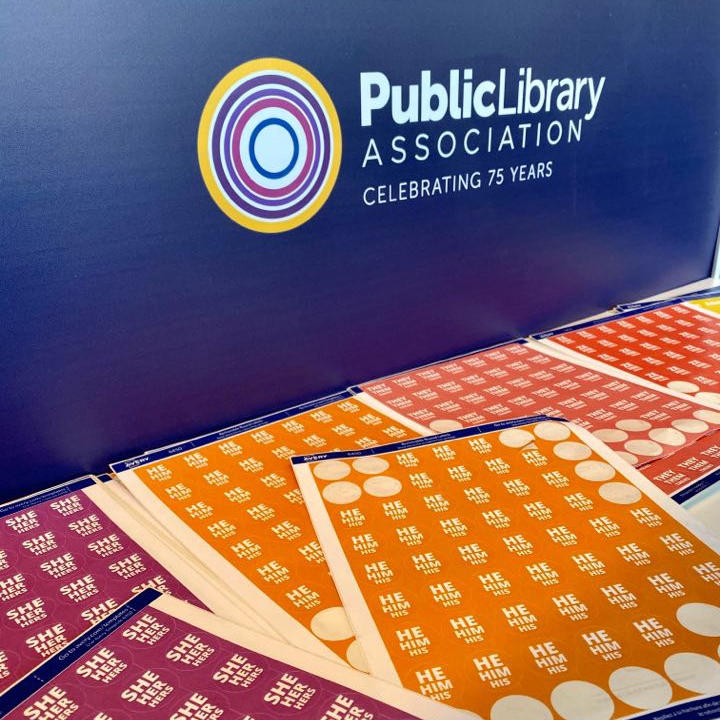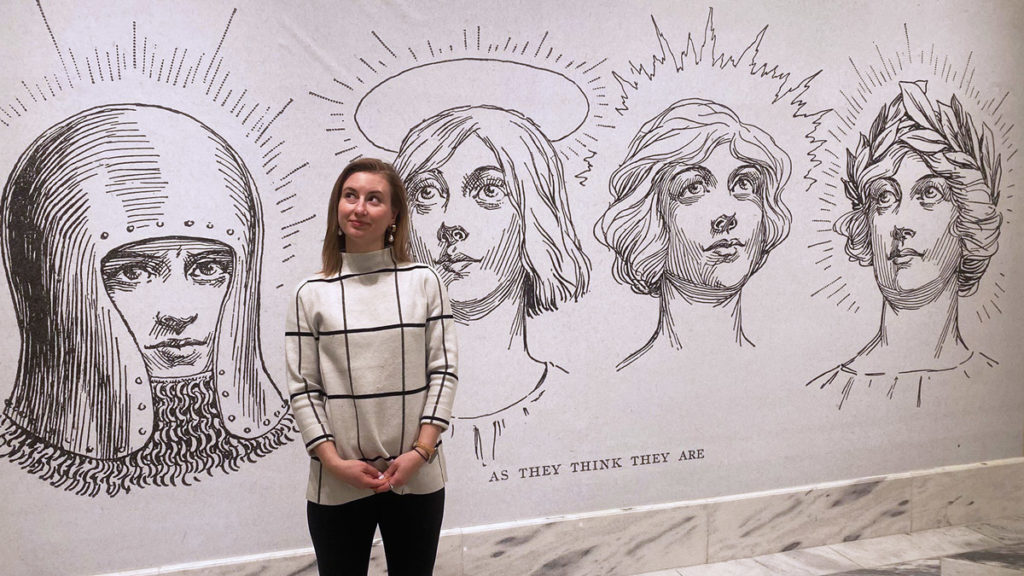We loved being a part of the PLA 2020 conference! It was a whirl of fabulous keynotes, inspiring discussions around diversity, equity, and inclusion, and innovative ideas to help communities thrive. Our brains and notebooks are full of new ideas and lessons learned; here's what Julia and Siska can't stop thinking about.

It's all about telling stories.
By listening to people's stories, libraries can co-create new and better ones. Stories connect people, inspire them, and are opportunities to illustrate the library's role in improving lives. Directed storytelling, in-depth interviews, and guided discussions are just some of the ways to gather and tell stories.
Lean into a customer service mindset.
Libraries serve people, and people expect friendly, responsive customer service. Libraries can improve the customer experience by engaging patrons to learn about their needs and wants and moving from a transactional to a relational customer service model. We are reminded that everyone is different, and preferences will vary; it's about serving people how they want to be served.
Be intentionally inclusive.
It's not enough to declare that libraries stand for diversity, equity, and inclusion: thoughtful steps must be taken to make these values a reality. Identify and remove barriers to library use, roll out an audience-centered communications strategy, and prioritize equitable outreach.
Libraries will play a key role in the 2020 Census. Access the ALA toolkit at ala.org/census.

If you do not get counted, you do not count.
Stacey Abrams, politician, lawyer, author, and PLA keynote speaker
Understand transition and change as stressors.
Transition and change are two interconnected but not identical concepts: change is situational while transition is psychological.
Think of transition as a three-phase process of coming to terms with a new situation and it happens more slowly than the change itself. Typically, leadership is ahead of the staff in terms of coping with the change (they've had more time to prepare and plan, after all).
Leaders should explicitly explain the change, involve the people affected, and be sympathetic with staff who are working to let go of the old.
Read up on transition and change management: Managing Transitions: Making the Most of Change.
Staff engagement is essential.
Library team members at all levels—from the Board to the Director, to the Branch Manager to the front-line team—must work together to advance the library's mission. Without direct staff involvement and buy-in, efforts will falter. Leaders must communicate openly and regularly to help staff understand what's happening throughout the organization. To engage staff, recognize and celebrate successes, provide training opportunities, and empower them by including them in strategic planning and community engagement efforts.

Category: Libraries
Tags: libraries, professional development
![PLA 2020 in Nashville, TN [Logo]](https://ivygroup.com/wp-content/uploads/2020/03/PLA-2020-blog-featureimage-740x422.jpg)